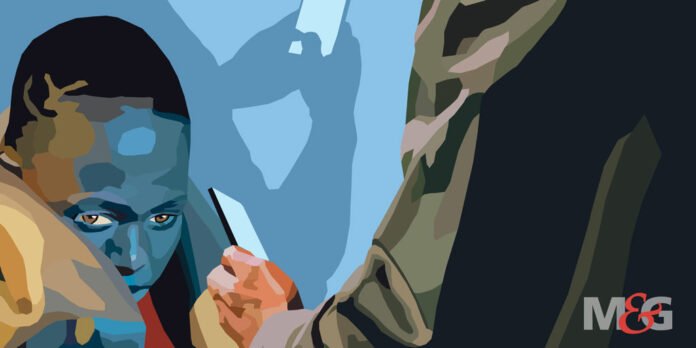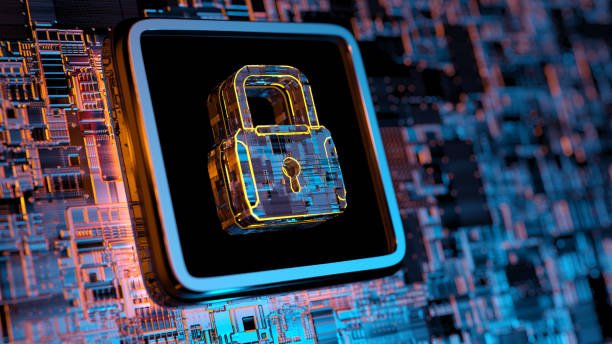Why It Is Challenging to Identify People Who Are Being Trafficked
Human trafficking, often referred to as modern-day slavery, is a heinous crime that affects millions of people around the world. It involves the use of force, fraud, or coercion to exploit individuals for labor or commercial sexual purposes. Despite global efforts to combat this menace, identifying victims of human trafficking remains a significant challenge. In this article, we’ll explore the reasons why pinpointing trafficked individuals is such a formidable task.
Why It Is Challenging to Identify People Who Are Being Trafficked
It is challenging to identify people who are being trafficked because traffickers often operate covertly, victims may be too frightened or distrustful to seek help, linguistic and cultural barriers can hinder communication, the public might be unaware of the subtle signs of trafficking, authorities can sometimes misidentify victims as criminals or illegal migrants, traffickers use psychological manipulation to control victims, and societal stigma or shame can deter victims from coming forward.
1. The Hidden Nature of the Crime
Human trafficking is a clandestine operation. Traffickers go to great lengths to operate under the radar, using deceptive tactics to ensure that their activities remain hidden from the authorities. Victims are often isolated, kept in unfamiliar places, or moved frequently to avoid detection.
Example: In a suburban neighborhood, traffickers convert a regular-looking home into a hidden brothel. From the outside, it appears as just another house, but inside, victims are held against their will and subjected to sexual exploitation.
2. Fear and Distrust
Traffickers use physical and psychological abuse to control their victims, instilling a deep-seated fear. As a result, many victims are too terrified to seek help or speak out. They may fear retaliation, not just against themselves but also against their loved ones. This fear is further compounded by a distrust of authorities, which traffickers often cultivate by telling victims that the police or other officials will imprison or deport them.
Example: Maria, trafficked from Central America, is told by her captors that if she tries to escape or speak to the police, her younger siblings back home will be harmed. Out of fear for her family’s safety, she remains silent even when she encounters law enforcement.
3. Cultural and Language Barriers
Many trafficking victims come from different cultural backgrounds and may not speak the local language. This linguistic barrier can make it incredibly challenging for them to communicate their plight or understand their rights in a foreign country.
Example: A young man from Southeast Asia is trafficked to Europe for forced labor. When he tries to communicate his situation to locals or authorities, the language barrier makes it difficult for them to understand the gravity of his predicament.
4. Lack of Awareness
Despite the scale of human trafficking, there remains a lack of public awareness and understanding of its signs and manifestations. People often associate trafficking with outright kidnapping or physical restraint, but many victims are trapped in seemingly ordinary jobs or relationships where their exploitation isn’t readily apparent.
Example: At a nail salon, several workers are trafficking victims, forced to work long hours without pay. Customers assume they are just immigrant workers looking for a better life and fail to recognize the signs of exploitation.
5. Misidentification
Even when authorities do come into contact with trafficking victims, they may misidentify them as criminals, illegal migrants, or simply as individuals in a bad situation, rather than victims of a crime. Such misidentification can lead to victims facing prosecution or deportation, rather than receiving the help and protection they need.
Example: A trafficked individual from Africa is picked up during a raid in a European country. Instead of being identified as a victim, she’s detained for illegal immigration and faces possible deportation, pushing her back into the hands of traffickers.
6. Psychological Manipulation
Traffickers often employ sophisticated psychological manipulation techniques, making victims believe they are in debt or owe a service to their exploiters. This perceived obligation can be so profound that victims might not even identify themselves as being trafficked or exploited.
Example: Alex is trafficked under the pretense of a better job abroad. Upon arrival, traffickers confiscate his passport and tell him he owes them a huge sum for travel expenses. He’s forced to work in inhumane conditions to “pay off” this debt, believing he has a legitimate obligation to his captors.
7. Stigmatization and Shame
Cultural norms and societal stigmas, especially around commercial sexual exploitation, can deter victims from coming forward. The shame and fear of judgment can be a potent tool in the trafficker’s arsenal to maintain control over their victims.
Example: In certain South Asian communities, women trafficked into prostitution face societal ostracization if their plight becomes public. The fear of bringing “dishonor” to their families or being shunned by their community keeps many victims from seeking help.
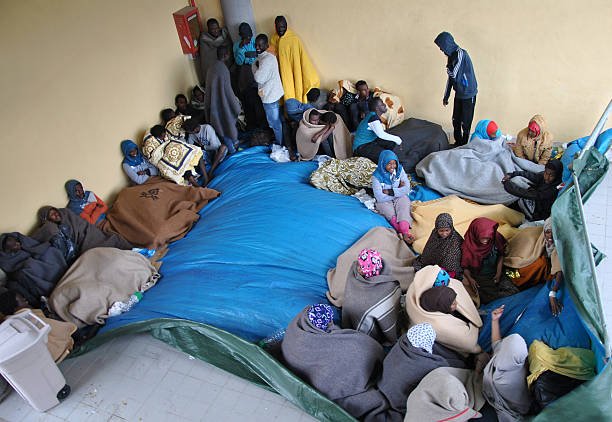
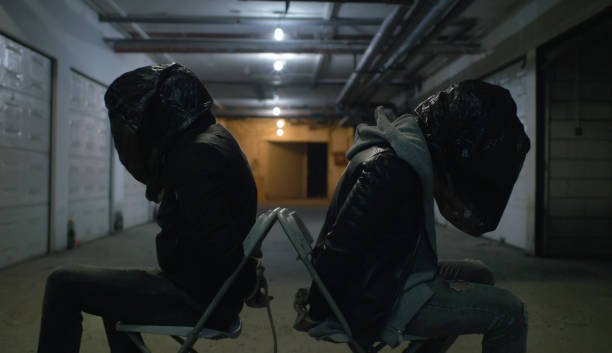
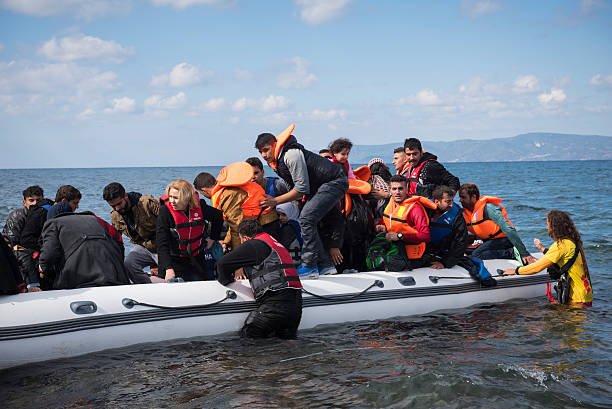
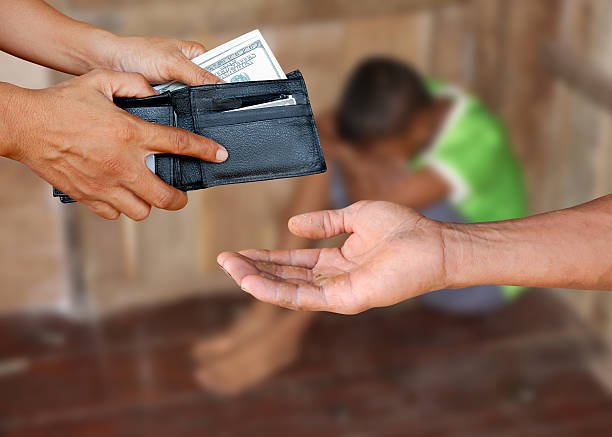
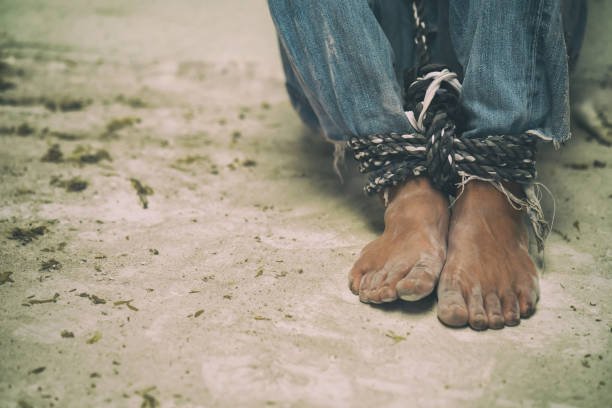
How to Identify a Trafficker
A potential trafficker is most likely to be an individual who exhibits manipulative behavior, seeks control over others, displays unexplained wealth, isolates their victims, has knowledge of trafficking routes and techniques, is connected to criminal networks, and operates with a high degree of secrecy.
A potential trafficker can be anyone, regardless of gender, age, socio-economic status, nationality, or educational background. However, they often share certain characteristics or behaviors:
- Manipulative Behavior: Traffickers often exhibit high levels of manipulation, using coercion, threats, and deception to recruit, control, and exploit their victims.
- Control Over Others: They might be seen controlling multiple people, especially in public settings, and these individuals may show signs of fear or deference towards the trafficker.
- Materialistic: Some traffickers may display sudden unexplained wealth or possessions, as a result of the profit they make from exploiting others.
- Isolation: They may isolate their victims from friends, family, or the general public to maintain control.
- Knowledge of Trafficking Routes and Techniques: Traffickers are often well-versed in border controls, immigration processes, and documentation forgery to move victims across borders.
- Involvement in Criminal Networks: Many traffickers are connected to broader criminal organizations that facilitate various aspects of the trafficking operation.
- Recruitment Behavior: They might be seen recruiting individuals with promises of jobs, travel, or a better life. They often prey on vulnerable populations, such as the homeless, migrants, or those facing economic hardships.
- Paranoia and Secrecy: Traffickers often operate covertly, are cautious about their activities, and might frequently change phones or addresses to avoid detection.
It’s essential to remember that while these are some common traits or behaviors, they aren’t definitive proof of someone being a trafficker. Human trafficking is complex, and traffickers employ various methods to evade detection and maintain their illicit operations.
Conclusion
Identifying victims of human trafficking is a complex task, fraught with challenges that range from the hidden nature of the crime to the deep psychological scars borne by the victims. To make strides in combating this global issue, there’s a pressing need for increased public awareness, improved training for officials, and policies that prioritize victim protection and support. Only then can we hope to dismantle the chains of trafficking and give its victims the freedom and justice they so desperately deserve.


